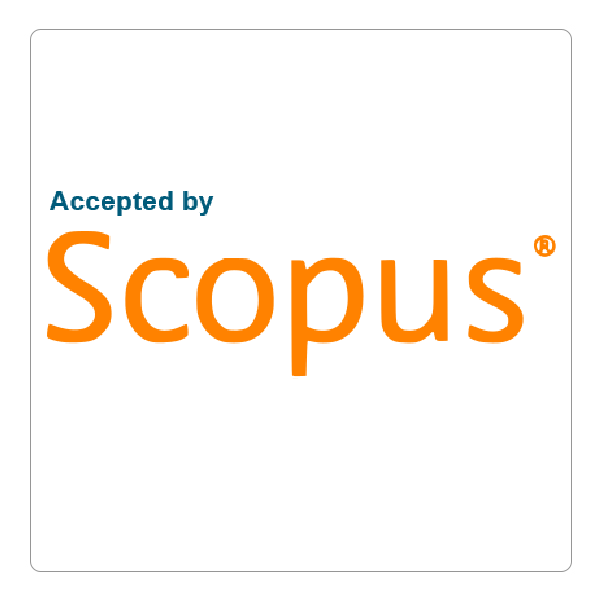How to Cite This Article
Hamad, Hero O.; Abdullah, Venos S.; Kamel, Fouad H.; and Hassan, Nawroz I.
(2022)
"Comparative Study of He – Ne and Green Lasers Effect on Normal Human Blood Invitro Using FTIR Techniques,"
Polytechnic Journal: Vol. 12:
Iss.
1, Article 11.
DOI: https://doi.org/10.25156/ptj.v12n1y2022.pp89-97
Document Type
Original Article
Abstract
The contact of lasers with biomaterials liketissues, blood, and skin is acentralfield of research. Invitro irradiation of human blood with laser beams has been studied for decades, to understand the biostimulatory effects on the different blood cells. Laser tissue associations are determined by employingspectroscopic and cutting-edge microscopic technicality. In this study, blood was extracted under standard laboratory settings from healthy human subjects. The samples were exposed to He-Ne laser (wavelength ʎ= 650nm, power p= 100mW) and green laser (wavelength ʎ= 530nm, power p= 500mW).Complete blood count (CBC) and FTIR spectra for non-irradiated samples were comparedto CBC and FTIR spectra of irradiated samples.During exposure to green laser light MCH and PCT were not affected while under He-Ne laser exposureall CBC parameters were affected. FTIR spectrum of normal blood laser irradiation indicated that O-H, C=O, C-O, NH, N=O and C-H.As the duration of exposure to He-Ne laser irradiation on whole blood is decreased for 10, 20, and 30 minutes, the absorption for all groups, except NH and CO absent peaks for 10 and 20 minutes, yet it ispresent in 30 minutes.When blood is exposed to green laser, all of the functional groups OH,C=O,CH and N=O are present, however for control 2 only peaks of CO after irradiation for 30 minutes are absent. The findings prove that green laser light therapy has a lesser effect on the blood component than He-Ne lasers.
Publication Date
8-14-2022
References
ANSARI, M. A., ERFANZADEH, M. & MOHAJERANI, E. 2013. Mechanisms of lasertissue interaction: II. Tissue thermal properties. Journal of lasers in medical sciences, 4, 99.
BARTON, J. K., POPOK, D. P. & BLACK, J. F. 2001. Thermal analysis of blood undergoing laser photocoagulation. IEEE Journal of selected topics in quantum electronics, 7, 936-943.
CHOI, B. & WELCH, A. J. 2001. Analysis of thermal relaxation during laser irradiation of tissue. Lasers n Surgery and Medicine: The Official Journal of the American Society for Laser Medicine and Surgery, 29, 351-359.
DI GIACOMO, P., ORLANDO, S., DELL’ARICCIA, M. & BRANDIMARTE, B. 2013. Low level laser therapy: laser radiation absorption in biological tissues. Applied Physics A, 112, 71-75.
EMAN, S. 2017. The Role of Anticoagulant Type in Modulating the Effect of Laser Irradiation on Blood Rheology. Anat Physiol, 7, 2161-0940.1000256.
FABER, R., SCHWENDEMAN, E. & WANG, G. 2005. Non-invasive blood component measurement system. Google Patents.
GHADAGE, V., KULKARNI, G. & ZAWARE, B. 2015. He-Ne laser irradiation of blood in vitro and FTIR spectral analysis. Int J Chem Phys Sci, 4, 148-53.
GHADAGE, V. & ZAWARE, B. 2018. Study the Effects of Helium Neon (He-Ne) Laser Irradiation on Normal Human Blood in Vitro Using FTIR Techniques. IOSR Journal of Pharmacy and Biological Sciences (IOSR-JPBS) e-ISSN, 2278- 3008.
GHADAGE VIJAY, H. & LOKARE, S. 2018. Study of Laser Radiation Effects on Diabetic Human Blood Using FTIR Spectroscopic Techniques. Journal of Science & Engineering.
HAIMID, M. A., MAROUF, A. & ABDALLA, M. 2019. Helium-Neon Laser Effects on Human Whole Blood by Spectroscopy In vitro Study. Asian J. of Physical and Chemical Sciences, 7, 2456-7779.
ITOH, T., MURAKAMI, H., ORIHASHI, K., SUEDA, T., KUSUMOTO, Y., KAKEHASHI, M. & MATSUURA, Y. 2000. Low power laser protects human erythrocytes in an in vitro model of artificial heart‐lung machines. Artificial Organs, 24, 870- 873.
JACQUES, S. L. 2013. Optical properties of biological tissues: a review. Physics in Medicine & Biology, 58, R37.
KUJAWA, J., ZAVODNIK, L., ZAVODNIK, I., BUKO, V., LAPSHYNA, A. & BRYSZEWSKA, M. 2004. Effect of low-intensity (3.75-25 J/cm2) near-infrared (810 nm) laser radiation on red blood cell ATPase activities and membrane structure. Journal of clinical laser medicine & surgery, 22, 111-117.
LAPOTKO, D. O. 2006. Laser‐induced bubbles in living cells. Lasers in Surgery and Medicine: The Official Journal of the American Society for Laser Medicine and Surgery, 38, 240-248.
MOHAMMED, R. & HASSAN, S. Studying the effect of laser irradiation with different wavelength on absorbance of normal human blood. Journal of Physics: Conference Series, 2021. IOP Publishing, 012144.
SIPOSAN, D. G. & LUKACS, A. 2000. Effect of lowlevel laser radiation on some rheological factors in human blood: an in vitro study. Journal of Clinical Laser Medicine & Surgery, 18, 185-195.
WEBER, M., FUßGÄNGER-MAY, T. & WOLF, T. 2007. The intravenous laser blood irradiation. Introduction of a new therapy. Lasers in Medicine, Science and Praxis, 664-706.
ZAHRA AL TIMIMI, M. & JAFRI, M. Z. M. 2011. Photodynamic therapy and green laser blood therapy. Global Journal of Medical Research, 11.











Follow us: